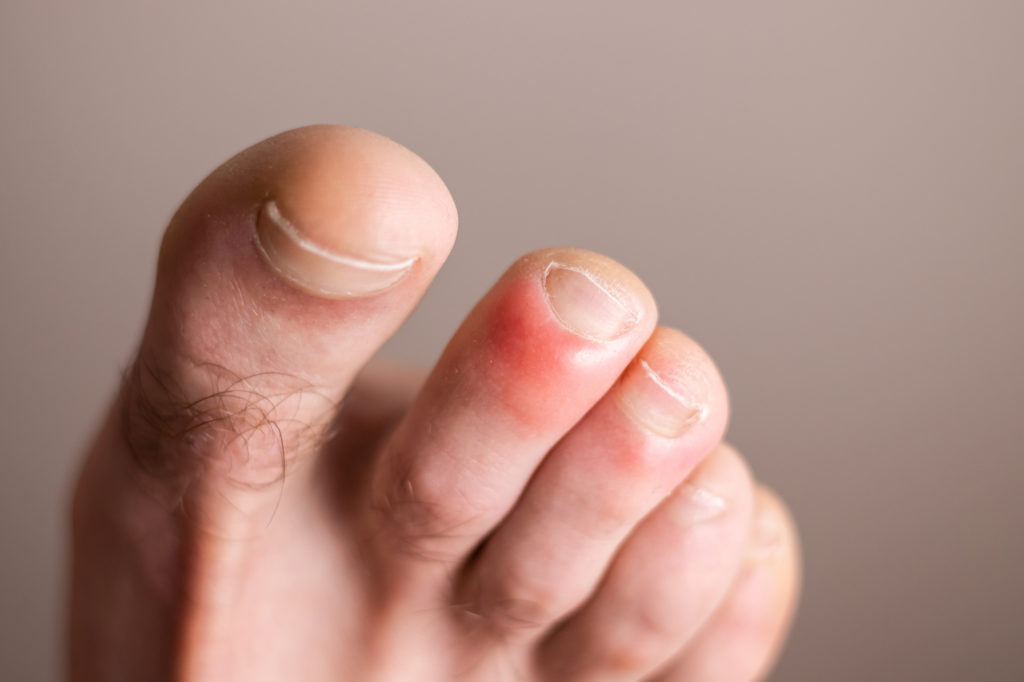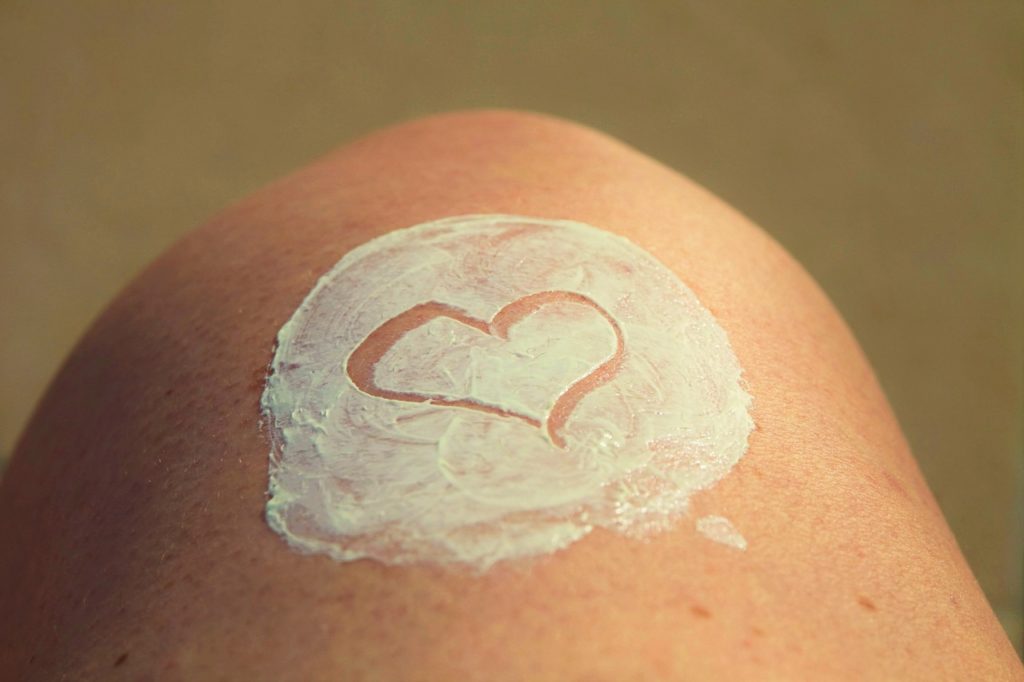 Chilblains isn’t the easiest word to say (it’s pronounced CHILL-blaynes), but this common condition afflicts millions of people each year when winter weather comes to call.
Chilblains isn’t the easiest word to say (it’s pronounced CHILL-blaynes), but this common condition afflicts millions of people each year when winter weather comes to call.
Also known as pernio or perniosis, chilblains develops when skin–especially in the extremities–is exposed to cold weather. The patches of inflamed skin are often confused with frostbite; however, chilblains is typically more closely related to problems with circulation.
What exactly is chilblains, what are the symptoms, and most importantly, how can it be treated and prevented?
Read on to find out everything you need to know about chilblains!
What Are Chilblains?

Chilblains show up as red, inflamed, painful patches of skin–particularly on the toes, fingers, ears, or nose. The condition is the result of connective damage from cold and humid–but not necessarily freezing–weather. If you notice red patches on your extremities, especially accompanied by itchy and sometimes blistered skin, it’s likely that you have chilblains.
What Causes Chilblains?
Winter weather brings chilblains, that much is certain. But aside from that, it’s something of a mystery why this painful inflammation develops. Failing to protect or properly cover extremities with a hat, gloves, and footwear in cold and humid weather is one of the quickest risk factors in developing the condition–especially if the cold, exposed skin is suddenly exposed to much warmer air afterward.
Some experts believe that when the blood vessels in extremities are rewarmed suddenly, the small blood blood vessels expand more quickly than the large blood vessels, ultimately causing a bottleneck that results in blood leakage into the surrounding tissue.
Risk factors that may predispose individuals to getting chilblains include wearing tight clothing, or clothing that exposes skin to the elements during cold weather. Men are more likely than women to develop the condition, people who are underweight are more at risk than people who are of average weight, and people who live in areas that are not just cold but humid carry higher risk. People with Raynaud’s, diabetes, or other circulatory disorders, are also especially susceptible to chilblains. Smokers are another group that experience higher rates of chilblains.
Symptoms of Chilblains
If you have the following symptoms, you may be experiencing chilblains:
- Red patches of skin, particularly in the toes, fingers, nose, ears, or chin
- Swelling that is accompanied by pain, itching, or a burning sensation
- Blisters sometimes, but not always, accompany chilblains
- Erythema (this means that when you press a finger down on a reddened area of skin, then let go, the area stays white for several seconds)
- Skin discoloration (skin may turn blue or purple in severe cases)
Chilblains may appear and reappear several times throughout the course of a winter, and may even resurface over the course of several years in response to exposure and cold.
The Care and Treatment of Chilblains
The good news is, chilblains usually heal by themselves in 7–14 days. However, you can use the following home remedies to manage the pain caused by the condition. It’s also important to manage chilblains, especially if blisters are present, since these can easily lead to infections.
Home Remedies for Chilblains

- Gently applying moisturizing lotion to the affected areas can help reduce pain and promote healing. Don’t massage or handle the areas roughly.
- Gently apply calamine lotion or witch hazel to affected areas to reduce inflammation and itching
- Protect the affected areas–and all extremities–in cold, humid weather with proper protection, and avoid re-exposing to cold weather.
- When you come inside after spending time in cold weather, allow skin to rewarm gradually. Don’t take off your hat or gloves immediately, but rather allow your skin to acclimate first.
- Keep any areas of skin affected by chilblains clean with antiseptic soap, and resist the urge to scratch.
Medical Intervention
While most cases of chilblains will heal without medical help, keep a close eye on any blistering. If you think your chilblains might be infected, or if you are experiencing high levels of pain, seek medical attention. You also may want to involve a doctor if you have complications like diabetes. Your doctor may prescribe a topical corticosteroid to the affected skin, or blood pressure medicine to help open up affected blood vessels.
Tips for Winter Foot Care
Feet can be especially susceptible to chilblains! And an ounce of prevention is worth a pound of cure. Don’t skimp on the socks–make sure your feet are snug, and that you change wet or sweaty socks quickly to avoid a dangerous combination of humidity and cold.
Keep those feet warm and toasty this winter, and avoid exposure to the elements when at all possible. And if you have any risk factors for chilblains–like diabetes or poor blood circulation–take extra precautions!




This article was very informative.